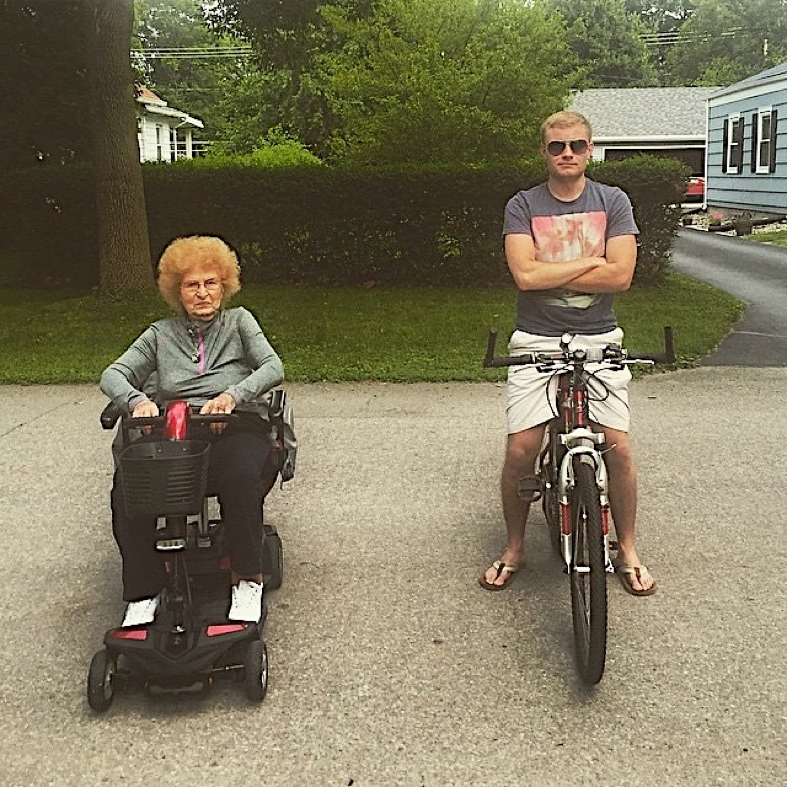
In this blog, I discuss the final top community feature most associated with the loved place: openness. Openness as we measured it in the Knight Soul of the Community project is really about how anyone could make a life for themselves in a place. The sense of welcomeness and belonging they and others feel in that place. Because we wanted to take a comprehensive look at openness, we measured perceived welcomeness of certain demographic groups, but also at different stages of life.
For me, this is where Place Match most directly happens: the place providing an environment that inspires your sense of belonging to it. In the local historical stage production I’m currently in, “Finding Patience: The Story of Holly Springs”, the tagline is “sometimes you don’t choose a town, a town chooses you”. And that gets to what I want for everyone: for people and places to actively choose each other. Openness and welcoming produces the environment and culture where belonging can seed and thrive.
It is a very important part of the place equation, but it can also be the hardest. We found in the Soul project that many places struggle at being open and welcoming to some groups more than others. And that’s not terribly surprising on the surface. But what groups were perceived as more or less welcomed were.
For example, in almost all places all three years of the study, young talent was perceived to be the least welcomed group in places, much less welcomed than historically disenfranchised groups. This finding undoubtedly was partially the product of the economic climate at the time—the job market wasn’t great for many at the end of the last decade. But that’s not the whole story.
When I would ask residents their mind process in answering the question: ‘How welcoming is this place for young talent?’ I discovered something interesting. When people 35 years old and older answered that question, the first and biggest factor they considered was the availability of jobs. But when people 35 years old and younger answered that question, the first and biggest factor they considered was the place itself. So there was a generational divide in mindset answering that question that showed up in the findings as differing perspectives on the same place.
Inevitably discussions on openness – whether we are talking about a demographic group or phase of life – turn to conversations about tolerance. Which I actually shy away from. Let me explain. Tolerance is about how well one group puts up with another group. It replicates the power differential where one has control over the experience of another: “I’m going to put up with you and isn’t that nice of me?”.
Instead, our goal in places on openness should be belonging. That you feel you belong here as much as I do and it has nothing to do with whether or not anyone allows it, but more about our common bond of love for this place. By engendering belonging instead of tolerance per se, we finally make openness about what it should be: the relationship people have with their place and how that makes them feel.
Now of course our fellow residents do contribute to the culture of the place through openness. In fact, residents play a role in all the top features of a loved place. Through social offerings, residents create those opportunities for social interaction through government or the private sector, but they also shape the quality of the social offerings in how we treat each other in those interactions. Through aesthetics, residents contribute to how the place is built, preserved, and honored in its upkeep.
But for openness, residents carry more of the responsibility in creating the community culture and the “feel” of a place. Fellow residents finding that sense of belonging is key to openness. You can make that easier or harder. Which will you choose?
The higher the quotient of people who feel they belong in a place and love it – regardless of their age, background, or status – the more the place and the people within it will thrive. Soul of the Community showed us that empirically. And shared love of place is a great common denominator and common ground from which diverse relationships can authentically grow that only make us stronger as a whole.

Courtesy Nick Arnett

In the world in which we find ourselves today, ur subject has volumes to say! What if each and everyone of us practiced “openness” instead of “tolerance”? Would not the issues created by immigration , throughout the world , be resolved, to a better degree?
Great distinction between openness and “tolerance.” I’ve often been put off by the whole concept of tolerance because, as you point out, it suggests that one person or group or another has to be merely “tolerated” by another–as if that were a virtue. Who has all the power in that relationship? I love the idea of openness which puts each individual or group, no matter how different, large, or small on equal ground.